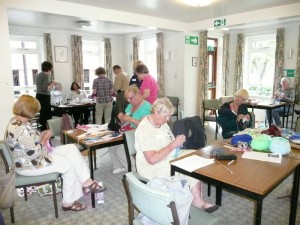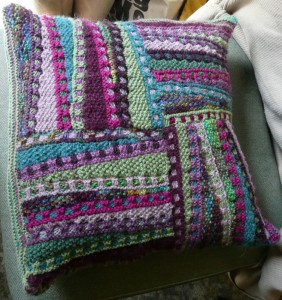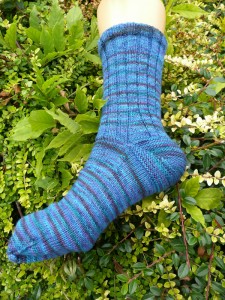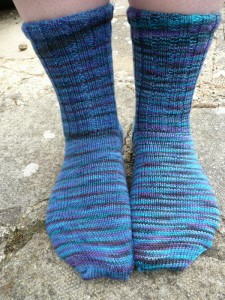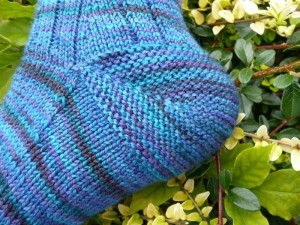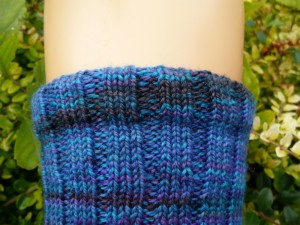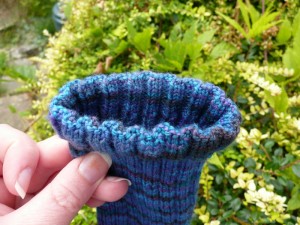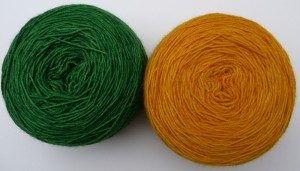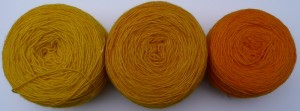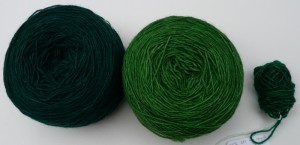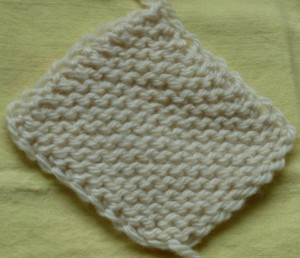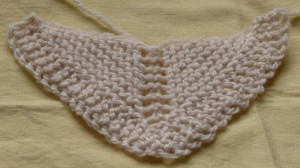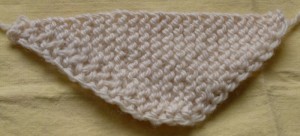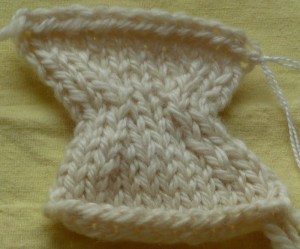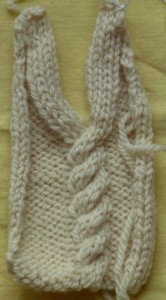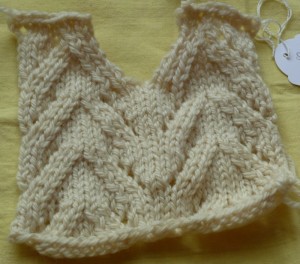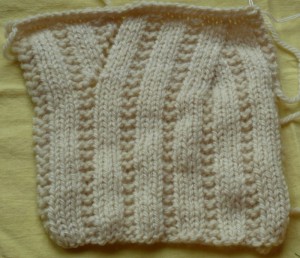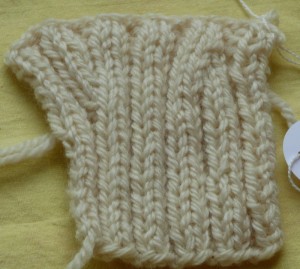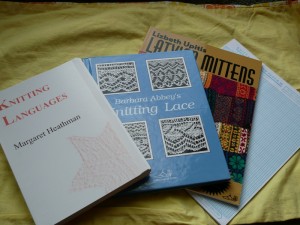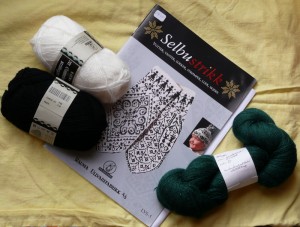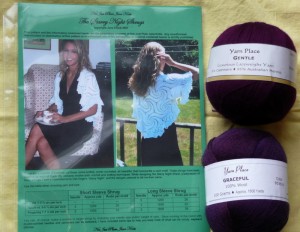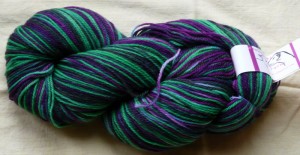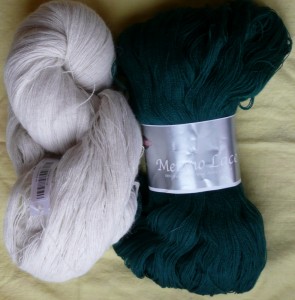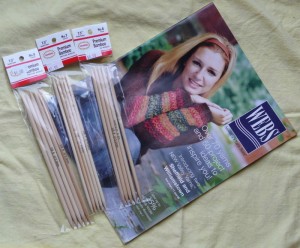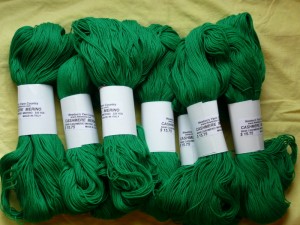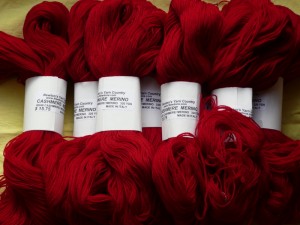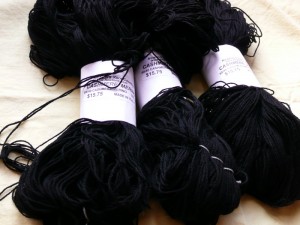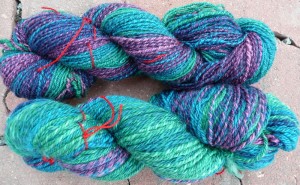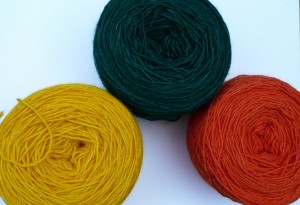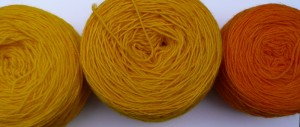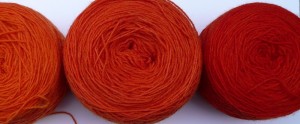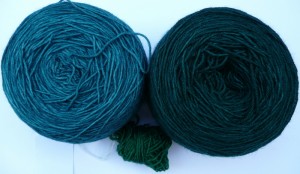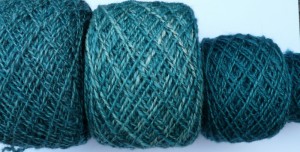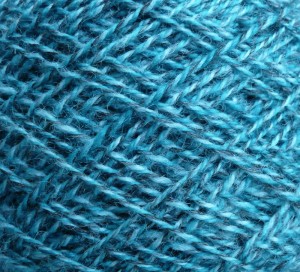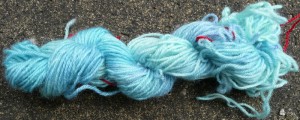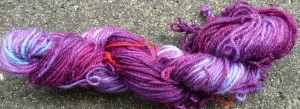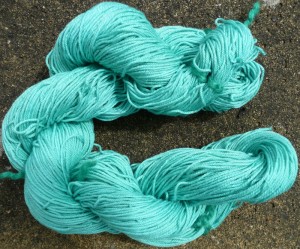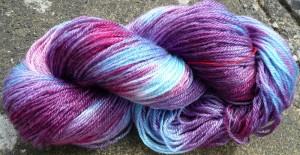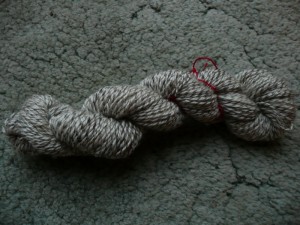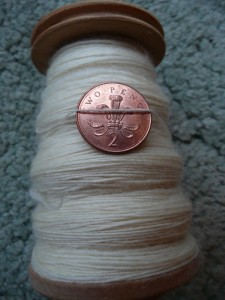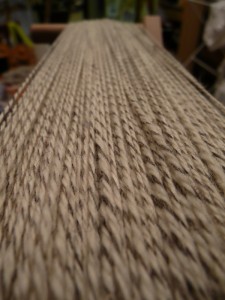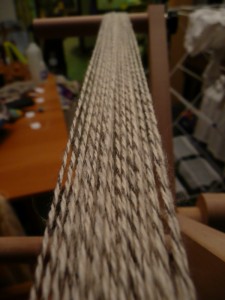Well, it has been a busy September round here! In a calm between the storms I am finally going to sort out my photos from the last few weeks. Due to the wonders of the scheduling function on wordpress you will be pleased to know I’m not going to drown you with everything that has happened all at once, but instead try to spread it out so you can be enjoying the delights every few days, while I am dashing round like a headless chicken again. I am going to catch up in chronological order, because otherwise my brain hurts.
On Saturday 22nd August I had a lovely time in Marlow, Bucks, helping Rosie and Jill teach a workshop on the patchwork knitting of Horst Schulz. We were joined by twelve delightful and enthusiastic knitters, who I have managed to photograph in the most unflattering and blurry way possible. I am getting a bit better at photographing knitting, but my photographs of people leave a lot to be desired. Here is the least awful picture.
This year as well as talking about basic mitred squares, and variations on them, including increasing and decreasing, I did some samples of different edgings. With these patchwork knitting workshops we are aiming to give people the skills to be able to design and create their own items and hopefully these edgings will be another something to add to the design toolkit. One of the parts of the day I enjoy the most every year is when everybody shows their patchwork knitting projects they have been working on (both finished and in progress). There are always such a lot of wonderful and creative projects to see, and so many different directions in which different people have taken the same basic building blocks. I’m afraid I was enjoying myself again so much that my photos are dreadful. Luckily though, one of my few reasonable photos is of Rosie’s beautiful short row cushion.
I found all of the projects very inspiring, and am looking forward to incorporating some of the ideas in my own knitting. I hope that the other participants had as much fun as I did, and I look forward to seeing everyone again next year!
